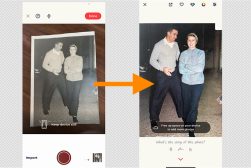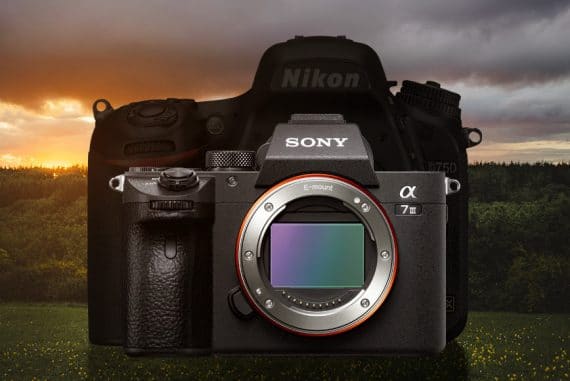This Free AI Tool Can Restore Old, Worn Photos Incredibly Quickly
News | By Stephan Jukic | August 29, 2022
Open source photographic software can be really impressive sometimes. One recent example of this might be especially useful to just about anyone who wants to restore their own old photos or those from family albums.
The newly released AI tool has been dubbed the “Generative Facial Prior”, or GFP-GAN for short, by its creator and it offers a remarkable, professional-level ability to restore old, damaged or worn-out photos. Best of all, GFP-GAN is completely free to use.

The new software can refurbish many photos to their previous state, and it’s even capable of improving them without creating an exaggerated photo restoration effect in some cases. The scientific effort behind this neatly useful AI photo tool goes by the weighty name of the “Towards Real-World Blind Face Restoration with Generative Facial Prior” project. You can read up on its technical details in this academic paper if you’re up for a deep dive into some major math.
In the video above, AI education YouTuber Louis Bouchard explains just how well the open source photo restoration software works and more importantly, how you can use it for free yourself.
In a nutshell, GFP-GAN’s latest version 1.3 analyzes photos without even really “seeing” them. Instead, it constructs a pixel pattern model of an image into a digital rendering and then tries to guess how it should be arranged. the AI then uses this guesstimation to fill in gaps by adding new pixels in the right tones or colors.
Some other internal metrics of the AI let it sharpen faces and other detailed visuals by focusing on their key features, refining them and then comparing its restorative effort with the original to see if the results still show the same essential thing or face. The full mechanism of how GFP-GAN works is of course much more complicated than this but the above are some of its essentials.
The bottom line for the software is that it can sometimes take just seconds to deliver quality that a professional human user working with commercial photo editing software might take hours to achieve. Really, it’s that good.

On the other hand, GFP-GAN has its limits too. In the case of heavily damaged or really low-resolution facial images, the restored faces might look a bit different from the real person they’re supposed to represent. Overall though, the software seems to nail its guesses down surprisingly well.
As Bouchard explains, “The resulting image will look just like our grandfather if we are lucky enough. But it may as well look like a complete stranger, and you need to keep that in consideration when you use these kinds of models.”
The software code is available for free download on open source software sharing site Github, but if you want to skip those steps, there’s also an online demo version of GFP-GAN.

Check out these 8 essential tools to help you succeed as a professional photographer.
Includes limited-time discounts.













